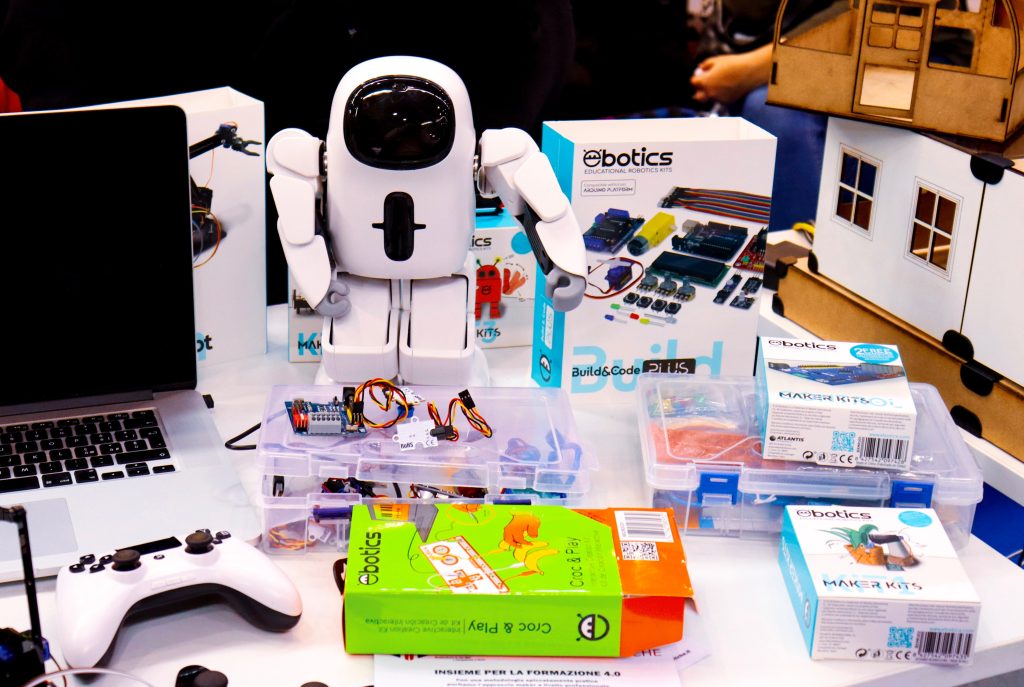Post by Tanya Cowie, Jennifer Chow and Bonnie Nicholas
On May 11, the #CdnELTchat team, along with #teslONchat, welcomed JPB Gerald (@JPBGerald) as our special guest moderator for a live chat on the topic of Decentring Whiteness in #ELT. JPB Gerald is a doctoral candidate in Instructional Leadership. His scholarship focuses on language teaching, racism, and whiteness. Learn more at jpbgerald.com or by listening to the podcast, UnstandardizedE. We can also recommend his article in the BC Teal Journal, Worth the Risk: Decentring Whiteness in English Language Teaching, as well as his most recent co-authored piece (with @ScottStillar and @Vijay_Ramjattan) in Language Magazine, After Whiteness.
Continue reading




